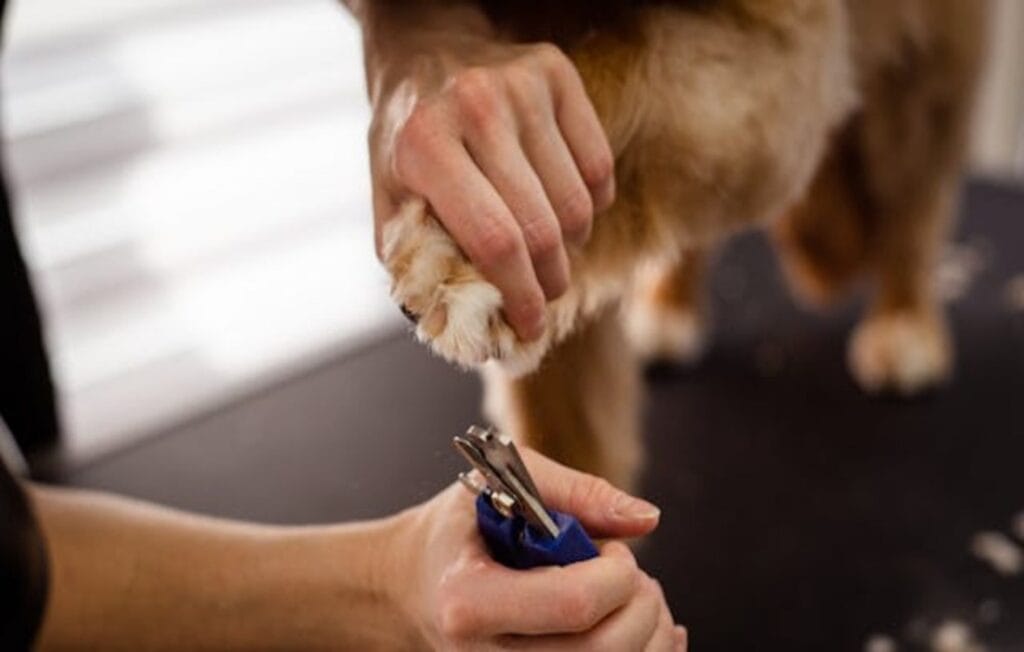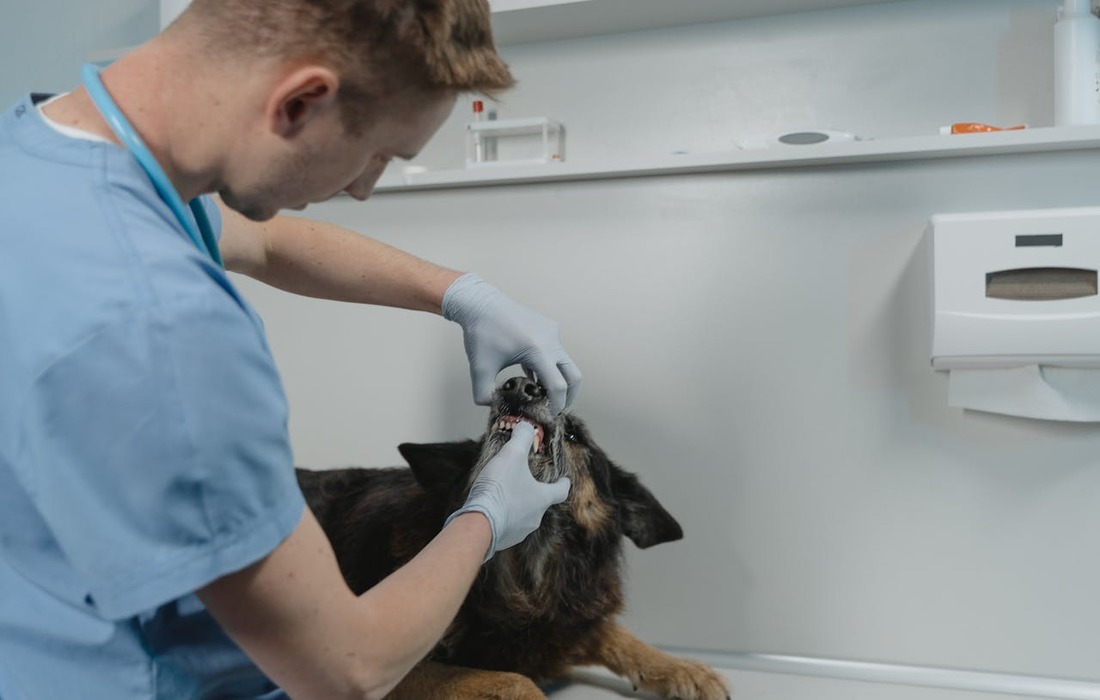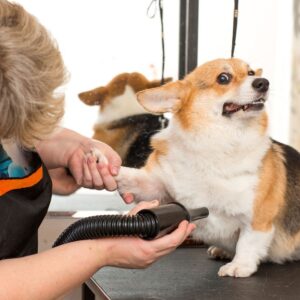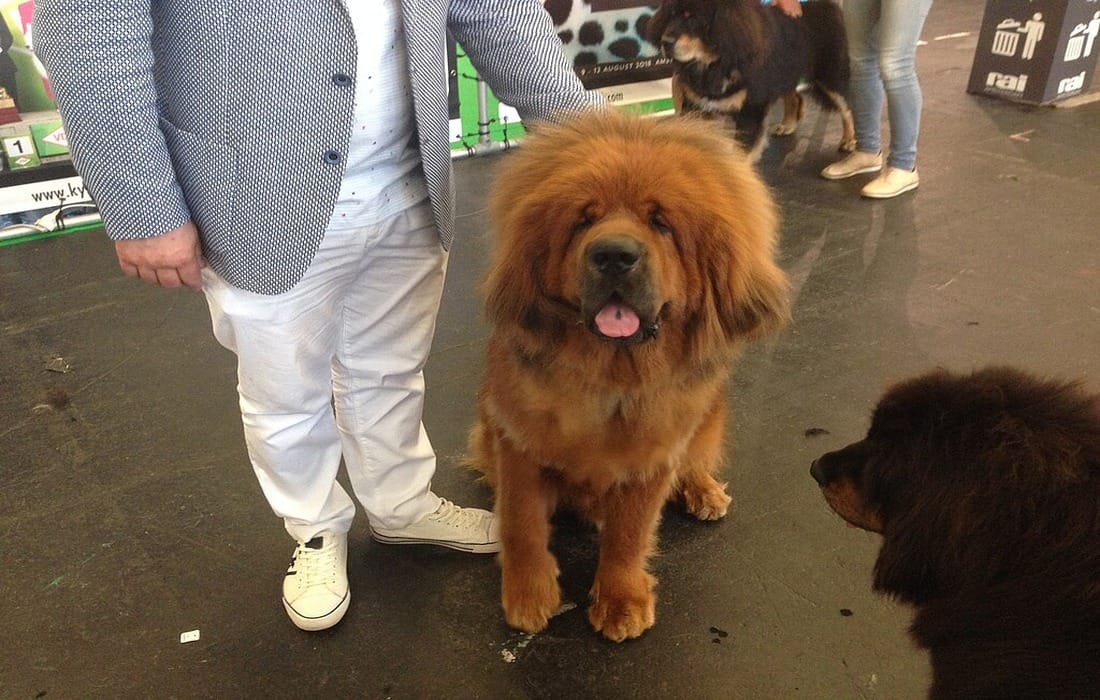Properly trimming your dog’s nails isn’t just about appearance; in fact, iit’s essential for their health and overall well-being. Overgrown nails can lead to a range of problems, including pain, difficulty walking, and even joint issues caused by improper posture.If left unchecked, these issues can significantly impact your dog’s quality of life. This comprehensive buyer’s guide is designed to take the guesswork out of the process, providing practical advice and recommendations to help you select the best dog nail trimmers for your furry companion’s specific needs.
1. Why Dog Nail Trimming Matters
Regular nail care helps prevent pain, reduces the risk of joint problems, and encourages healthy posture. Let’s explore how this simple grooming habit can make a big difference in your dog’s physical and mental well-being:
- Avoiding Pain: Overgrown nails can press into the pads of your dog’s feet, causing discomfort and even pain.
- Preventing Injuries: Long nails are more likely to snag on carpets or other surfaces, leading to tears or breaks.
- Improved Mobility: Dogs with long nails may change their gait to avoid discomfort, which can strain their joints and muscles.
- Healthier Posture: Maintaining a proper nail length helps your dog stand and walk properly.
2. Types of Dog Nail Trimmers
Understanding the different types of nail trimmers available on the market is essential for choosing the best one for your dog’s specific needs. With a variety of nail clippers, grinders, and cutters designed for various breeds, sizes, and nail types, selecting the right tool can ensure a safe and comfortable grooming experience. Whether you’re looking for scissor-type clippers for precise cutting, guillotine-style trimmers for small dogs, or rotary nail grinders for a smooth finish, knowing the pros and cons of each option can help you make an informed decision that promotes your dog’s health and well-being.
Guillotine Clippers
- Description: These feature a small, rounded hole where the nail is inserted. A single blade slices through the nail when you squeeze the handle.
- Best For: Small to medium-sized dogs with thinner nails.
- Pros: Easy to use and requires minimal hand strength.
- Cons: Not ideal for thick or large nails.
Scissor Clippers
- Description: Shaped like scissors, these clippers have a curved blade that allows for precision cutting.
- Best For: Medium to large dogs with thicker nails.
- Pros: Strong and durable, making them effective for larger breeds.
- Cons: May require more hand strength to use.
Grinder Tools
- Description: These electric or battery-operated tools grind down the nail rather than cutting it.
- Best For: Dogs of all sizes, especially those with thick or black nails.
- Pros: Provides a smoother finish and reduces the risk of cutting the quick.
- Cons: Noisier and can take longer than traditional clippers.
3. Factors to Consider When Choosing a Nail Trimmer
Before purchasing a nail trimmer, consider these essential factors:
Size of Your Dog : The size of your dog and the thickness of their nails will determine which trimmer is best suited for them.
Ease of Use: Choose a trimmer that you feel comfortable handling. Ergonomic designs can reduce hand fatigue during longer grooming sessions.
Safety Features: Look for trimmers with safety guards or quick sensors to prevent cutting too much nail at once.
Durability: High-quality materials like stainless steel blades ensure the trimmer stays sharp for a longer period.
Noise Level: Dogs sensitive to loud noises may prefer manual trimmers over grinders.
4. Top 10 Best Dog Nail Trimmers
1. Dremel 7760-PGKD Deluxe Pet Nail Trimming Kit
- Type: Trimmer
- Key Features: Variable speed options, cordless design, and light weight
- Best For: All dog sizes.
- Pros: Smooth finish and safe for beginners.
- Cons: Pricier than manual options.
2. Safari Professional Nail Trimmer
- Type: Scissor Clippers
- Key Features: Non-slip handle and stainless steel blade.
- Best For: Medium to large dogs.
- Pros: Affordable and reliable.
- Cons: Not ideal for very small dogs.
3. Millers Forge Quality Nail Clipper
- Type: Scissor Clippers
- Key Features: Heavy-duty design with a safety lock.
- Best For: Large dogs.
- Pros: Durable and precise.
- Cons: May require significant hand strength.
4. Boshel Dog Nail Clippers
- Type: Scissor Clippers
- Key Features: Safety guard and ergonomic handle.
- Best For: Medium to large dogs.
- Pros: Includes a nail file for finishing.
- Cons: Not ideal for thick nails.
5. Epica Professional Pet Nail Clippers
- Type: Scissor Clippers
- Key Features: Locking mechanism and non-slip grip.
- Best For: Medium to large dogs.
- Pros: High-quality build.
- Cons: Limited availability.
6. Casfuy Dog Nail Grinder
- Type: Grinder
- Key Features: Two-speed settings and quiet motor.
- Best For: Small to medium dogs.
- Pros: Low noise and beginner-friendly.
- Cons: May not be powerful enough for very thick nails.
7. GoPets Nail Clippers
- Type: Scissor Clippers
- Key Features: Quick sensor and heavy-duty construction.
- Best For: Medium to large dogs.
- Pros: Lifetime warranty.
- Cons: Slightly expensive.
8. JW Pet Gripsoft Deluxe Nail Clipper
- Type: Scissor Clippers
- Key Features: Gripsoft handle and semi-circular blades.
- Best For: Small to medium dogs.
- Pros: Comfortable grip.
- Cons: Limited durability for heavy-duty use.
9. Hertzko Electric Nail Grinder
- Type: Grinder
- Key Features: Diamond bit grinder and quiet operation.
- Best For: All dog sizes.
- Pros: Safe and effective for nervous dogs.
- Cons: Takes longer than clippers.
10. Andis Premium Large Dog Nail Clipper
- Type: Scissor Clippers
- Key Features: Safety stop and spring-loaded mechanism.
- Best For: Large dogs.
- Pros: Sturdy and easy to use.
- Cons: Basic design.
5. How to Safely Trim Your Dog’s Nails


Follow these essential steps to ensure a safe, stress-free, and efficient nail-trimming experience for your dog, minimizing anxiety and discomfort while promoting positive grooming habits. By taking the time to prepare properly, choose the right tools, and use the appropriate techniques, you can help your dog feel calm and secure throughout the process. Whether you’re a seasoned pet owner or a first-time groomer, these tips will guide you in creating a comfortable, safe environment that prioritizes both you and your dog’s well-being during nail trimming:
Step 1: Gather Your Supplies
Ensure you have the nail trimmer, styptic powder (in case of bleeding), and treats for positive reinforcement.
Step 2: Create a Calm Environment
Choose a quiet space where your dog feels comfortable.
Step 3: Identify the Quick
The quick is the sensitive part of the nail containing blood vessels. Avoid cutting too close to it.
Step 4: Trim Gradually
Start by trimming small portions of the nail, especially if you’re unsure about the quick’s location.
Step 5: Reward Your Dog
Offer treats and praise after trimming to create a positive association.
6. FAQs About Dog Nail Trimming
How often should I trim my dog’s nails?
Most dogs require nail trimming every 3-4 weeks. Active dogs may need it less frequently as their nails naturally wear down.
What should I do if I cut the quick?
Apply styptic powder or cornstarch to stop the bleeding. Ensure your dog stays calm during this process.
Are grinders better than clippers?
It depends on your dog’s needs. Grinders are great for precision and thick nails, while clippers are faster and quieter.
Can I use human nail clippers for my dog?
Human clippers may work for very small dogs or puppies, but they are not ideal for larger nails.
Why does my dog hate nail trimming?
Fear or discomfort can make dogs resistant. Gradual desensitization and positive reinforcement can help.
Final Thoughts
Investing in the right dog nail trimmer is crucial for maintaining your pet’s health and happiness. Whether you opt for a guillotine clipper, scissor clipper, or grinder, the key is to choose a tool that fits both your dog’s needs and your grooming style. With the options and tips provided in this guide, you’re well-equipped to make nail trimming a simple, stress-free routine.
Happy grooming!













